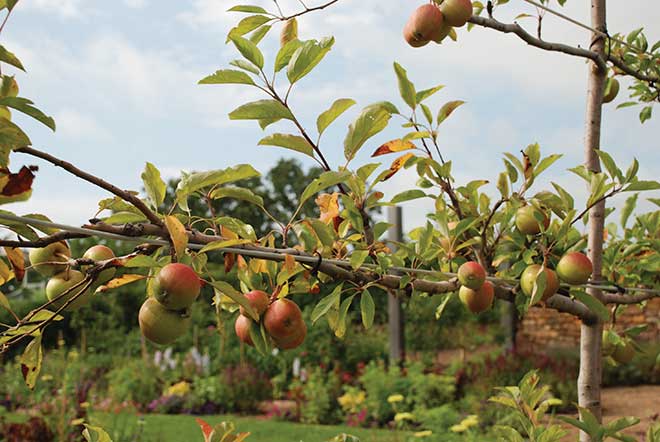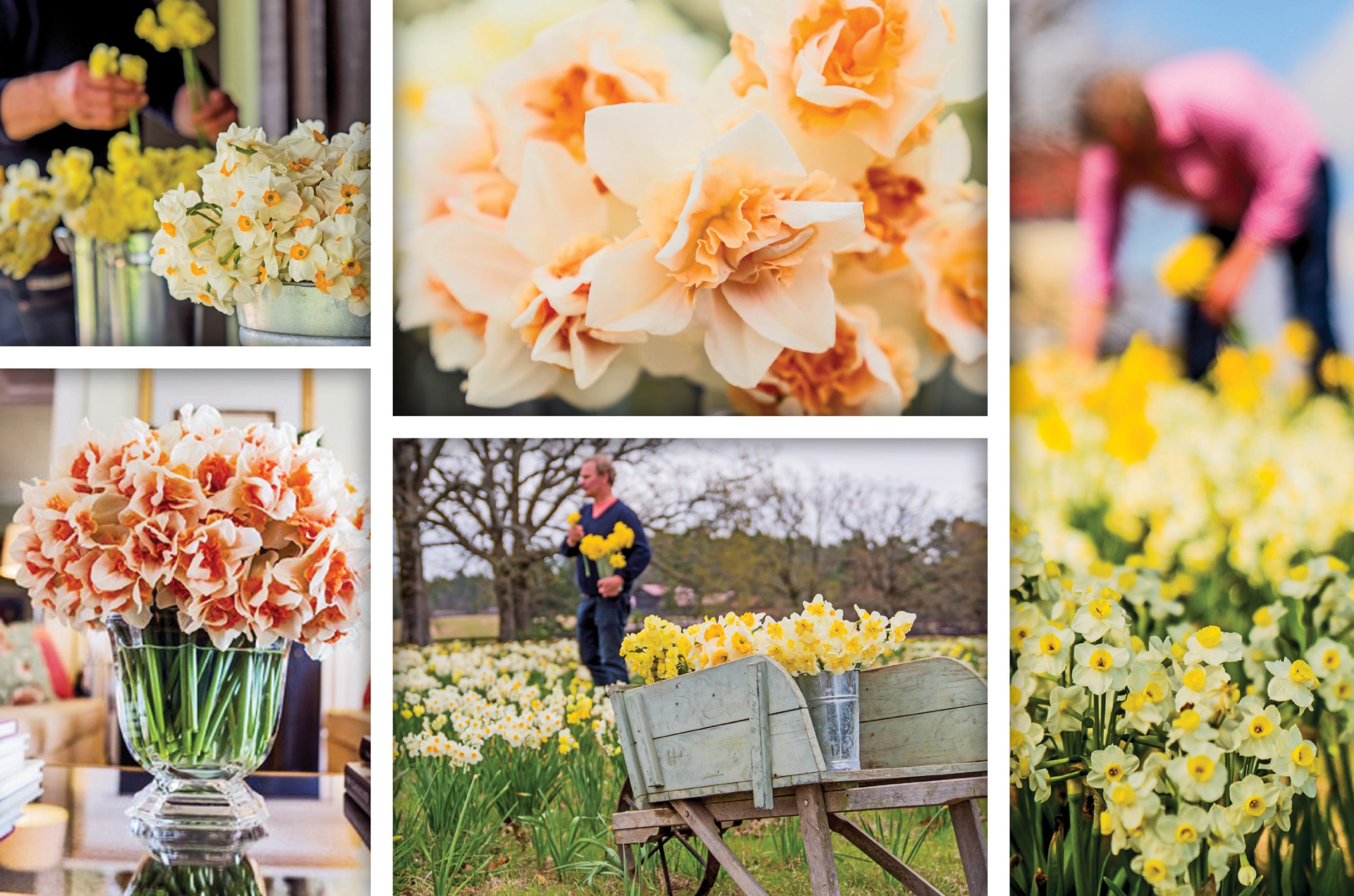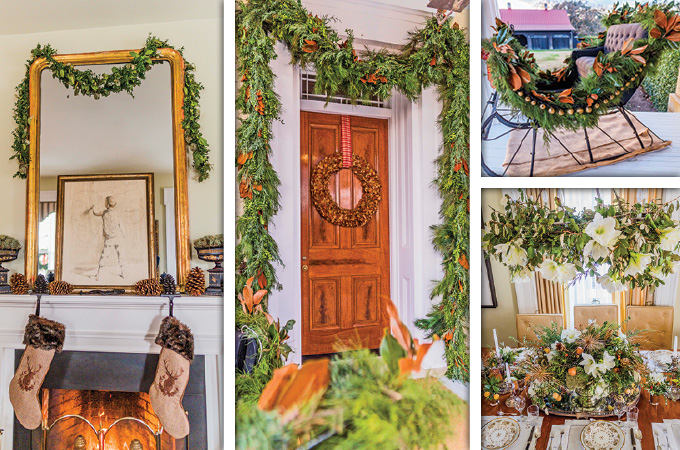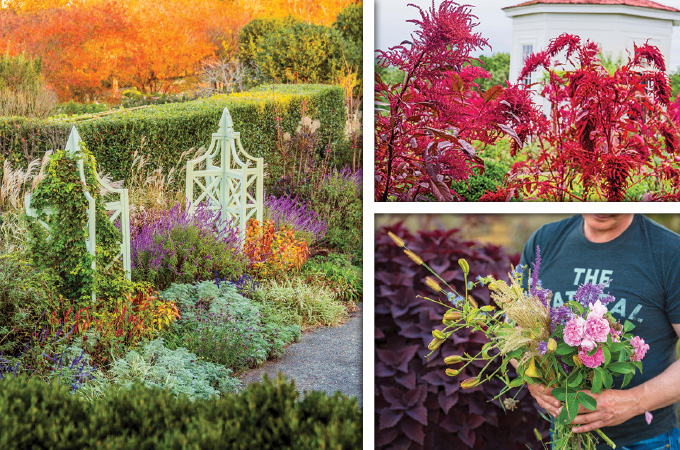If you’re thinking of planting apple trees in your yard, it’s time to think small. The apple tree industry has been trending toward dwarf varieties for a few years now, says Arlie Powell of Petals from the Past and professor emeritus at Auburn University. He has advised fruit industry professionals all over the South on selection and maintenance of varieties for years. He says, traditionally, apple trees were planted 25 to 30 feet apart in orchards and grew up to 45 feet tall, but with today’s dwarf varieties, they need be planted only about 9 feet apart. Some of these trees have root systems so small, they need a trellis or a post for extra support.
tips to grow your own
〉〉The best time to transplant young apple trees is after the first frost, once they’ve started losing their leaves and become dormant, generally in November or December. Transplanting gives the tree a bit of a shock, and cold air can settle around the roots and cause damage.
〉〉 Powell says you can plant throughout the winter but advises people not to plant before hard freezes, defined as temperatures below 30 degrees. Many nurseries can tell customers if there is going to be a hard freeze, so they can wait to plant afterward.
〉〉 In order to produce blooms and fruit, apple trees need a certain amount of ‘chill hours,’ which can be tricky for residents in the South. Chill hours are the number of hours the temperature is below 45 degrees Fahrenheit. Some varieties need only 600 chill hours, and some need 1,200 and above. Northerners always have enough cold weather to spare, and in St. Louis, gardeners fall somewhere in the middle, and most apple varieties will thrive. The varieties with low chill requirements will easily weather the summer heat, while trees with mid to high requirements will likely get what they need in Missouri winters.
〉〉 Be wary when selecting an apple tree that traditionally grows well in other climes, because sometimes the chill hour requirements are merely estimations. It’s all important because if you live in an area without adequate chill hours, the tree won’t bloom or produce.
〉〉 Compounding the problem are the seasonal variations in temperatures from year to year. If you have a particularly mild winter, you may be waiting a lot longer for your apple tree to produce fruit. To check the particulars of growing these miniature beauties in your region, contact your local botanical garden for guidance.
P. Allen Smith, host of two public television programs, is an award-winning designer and gardening expert. He is the author of several books, including Seasonal Recipes from the Garden.








